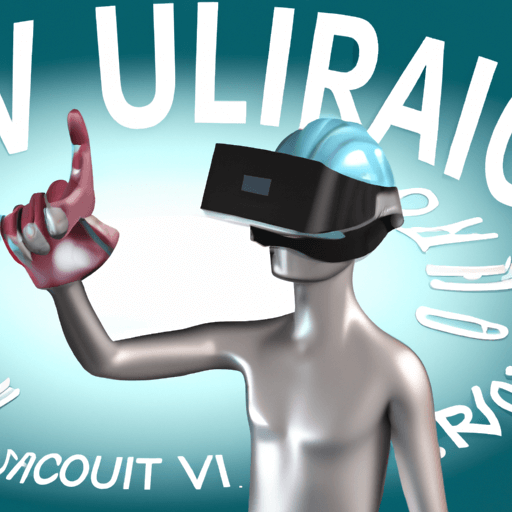Virtual Reality (VR): A Transformative Catalyst in Education and Employee Development
As we delve into the 21st century, technology continues to transform almost every aspect of our lives. One technological frontier proving to be revolutionary in education and employee development is Virtual Reality (VR). This budding technology has a burgeoning potential to disrupt traditional learning environments and skill acquisition, bringing about lasting changes in various domains including medicine, engineering, and education.
The Power of VR
Rooted in its immersive attributes, the virtual reality experience allows users to visualize, interact, and simulate real-life situations. From presenting visualized complex data in a digestible format to simulating high-risk, real-life scenarios for training purposes, VR is pioneering new ways of learning and skill development.
Applications and Benefits
In education, VR provides an engaging alternative to traditional classroom settings. Instead of reading about historical events, students can simulate them. On the other hand, for employee development, VR offers realistic and practical on-the-job training. For example, medical students can use VR for surgical simulations, providing an unparalleled learning experience without real-life risks.
Scope in Different Domains
The impact of VR is not just limited to generic education and training, it's making waves across various domains. In medicine, it is used extensively for surgical training, patient therapy, and medical imaging. Engineers also use VR for product design, assembly lines, and virtual tours of construction sites. Education sectors are employing VR for enhanced learning, student engagement, and improved retention rates.
Challenges and Limitations
Despite the potential benefits, the integration of VR into traditional learning environments comes with its set of challenges. The significant costs of equipment, requirements for technical proficiency, and the possibility of VR-induced health issues like motion sickness are a few hurdles to widespread adoption.
Future Research and Applications
To fully harness the potential of VR in skill development and learning, further research should focus on developing cost-effective and user-friendly VR tools, mitigating health risks, and studying long-term impacts of VR on learning behavior and curriculum design. The development of standardized guidelines for VR implementation can also enable its further integration into the educational milieu.
Real-world Examples
GlaxoSmithKline's pilot training program employs VR to train its factory staff, proving the potential of virtual training programs. Universities like Stanford are providing VR courses, illustrating the role of VR in higher education. Additionally, companies like Walmart are using VR for employee training, further underpinning the impactful role of VR in skill development and learning.
Undoubtedly, the potential of VR stretches far beyond the horizons of our current comprehension, thoughtfully positioning VR as the transformative technology of the future in education and employee development.















Comments
Leave a Comment